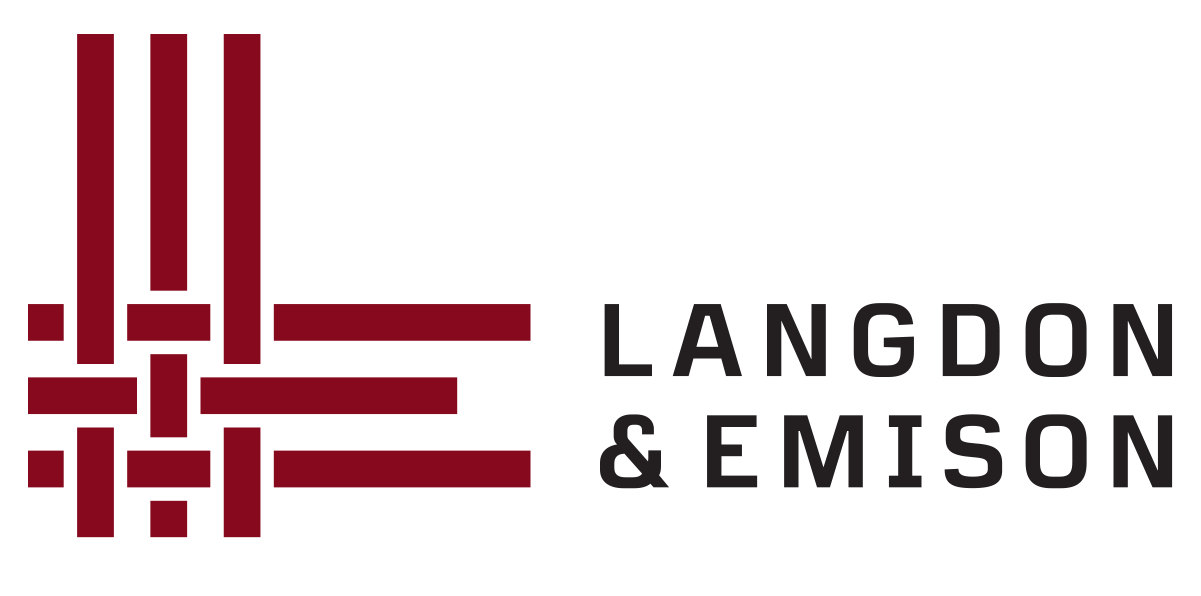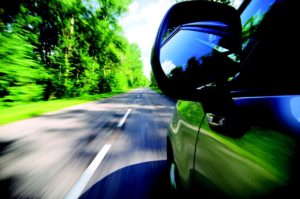
Spring break is a common time for travelling long distances by car. With COVID still impacting travel patterns and choices, even more vehicles will be on the roadways during this spring break. If you are heading on the highway for a spring break adventure, we offer these five tips to keep you and your loved ones safe.
- Avoid Late-Night Driving
Ninety percent of a driver’s reaction depends on vision, and vision is severely limited at night. Depth perception, color recognition and peripheral vision are also worse at night. Fatigue and drowsiness pose substantial risks as concentration and reaction time are impaired. In a worse-case scenario, drivers may even fall asleep and lose control of their vehicle.
Avoid driving at night if possible. If you must drive at night:
- Drive with family members or a group of friends. Take frequent turns driving and talk with each other to reduce fatigue and drowsiness.
- Slow down and keep a larger following distance. Reaction time slows at night, and it is more difficult to judge speed and distance after dark.
- Make frequent stops. Get out of your vehicle to increase blood flow and circulation and reduce drowsiness.
- If you are sleepy or drowsy, quit driving and rest.
- Wear Your Seatbelt Properly
Seat belts only save lives when they fit and are worn properly. Though rare, some vehicles on the road still use two-point “lap-belt only” seat belts in the rear center position. If your vehicle has a lap-belt only restraint, avoid sitting in that position unless absolutely necessary. Three-point “lap-shoulder belt” restraints are far more effective at preventing injury than lap-belts alone.
When driving long distances, it is tempting to adjust your seat belt for comfort by incorporating some slack in the belt or even positioning the shoulder belt behind your back. However, these adjustments can make your seat belt completely ineffective and cause severe injury in a collision.
The lap portion of your three-point belt should fit snugly across the bony structures of your hips and pelvis. The shoulder portion should be snug and cross your body at your sternum (breast bone) and shoulder. Make sure to adjust your belt so that it fits properly. Never let the seat belt cross over your neck and never tuck the shoulder belt behind you.
- Never Recline Your Seat
Have you ever reclined your seat during a long road trip? Did you know that if your car seat is reclined, your seat belt essentially becomes useless?
Most passengers simply do not understand the dangers of reclined seats because they assume they are safe if buckled. More space between the seat belt and your body increases the risk of death or serious injury during a collision because your body either slams against the seat belt or “submarines” and slides underneath it.
Car makers have known about the dangers of reclined seats for at least five decades but have done little to warn motorists. Warnings for this danger are difficult to find because they are likely listed in the back of a several hundred-page owner’s manual. Manufacturers could incorporate a simple light or bell reminding passengers to stay upright (much like a seat belt warning light or chime), but no manufacturer has chosen to incorporate this important safety feature.
- Check Your Tires
Tires are one of the most important – and most overlooked – safety components on your vehicle. There are many factors that can compromise tire safety, including tire age, poor tread wear and depth, and improper inflation.
Older or “aged” tires are a hidden danger because they can fail even if the tread depth is proper and even if they have never been used before. Aged tires can look perfectly fine on the outside but fail at any time. Tires have a safe useful life of no more than six years. Tire makers and car companies have known of the “aged” tire danger for decades but have done little to warn motorists. Tires do not contain an expiration date, and it is nearly impossible for an ordinary person (and even some tire specialists) to determine the actual age of a tire because of the archaic codes used. A mechanic or tire specialist can check the tire tread and age of your tires to determine whether they are unsafe.
Have your tire pressure checked before starting your trip and before driving. Over-inflated tires can lose grip or burst. Under-inflated tires create more rolling resistance, leading to lower gas-mileage and creating excess heat that can lead to catastrophic tire failure, including a blow out or tread separation.
- Don’t Drive Distracted
Anything that takes your attention away from driving is a distraction—sending a test message, talking on a cell phone, using a navigation system or eating while driving are distractions that can endanger the driver and vehicle occupants.
Every year, almost half a million people in the U.S. are injured or killed in traffic accidents attributed to texting and driving. Forty-eight states and Washington, D.C. have made texting while driving illegal, and at least 24 states and the District of Columbia have hands-free laws for all drivers. Find out how the laws are enforced in the states through which you will be driving.
Even if a state has not outlawed cell phone use or texting while driving, avoid this activity. Studies have shown an increase in collisions and accidents while using these devices.
You can prevent distracted driving by turning your cell phone on silent or putting it away while you drive. Be sure to make any adjustments to mirrors, lights and the radio before you head out onto the highway. Stop to eat instead of trying to eat while you drive. And, ask passengers to assist with navigation rather than handling your GPS and driving at the same time. Making these simple choices will help you eliminate distractions and enhance the safety of your trip.
Stay Safe
Before you load up your vehicle with friends and family for a spring break road trip, check critical safety items first. A simple safety check could mean the difference between a spring break that is fun or tragic. Travel safe.



